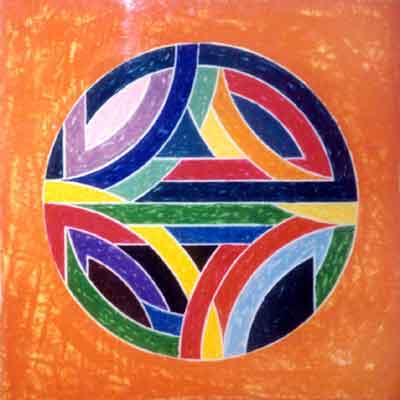
My Frank Stella / Jim Dine artist Protigy
I returned home from my trip to Austin to find some gifts from our youngest child, Gigi. She is constantly drawing and I mean 18 hours a day she is drawing, cutting, pasting, painting, etc. As an interior designer, I am encouraging the creativity but the mess drives me nuts. I mentioned this drawing below was very Frank Stella. She wanted to know all about him…so I am sharing the work of my child "prodigy" and that of Frank Stella and Jim Dine together.
Do you think she will be the next big think (kidding, but I do love her use of color)?
Via Gigi Phillips
Harran II, 1967. Polymer and fluorescent polymer paint on canvas, 10 x 20 feet (304.8 x 609.6 cm). Solomon R. Guggenheim Museum, New York, Gift, Mr. Irving Blum 82.2976. © 2012 Frank Stella/Artists Rights Society (ARS), New York
"In the late 1950s and early 1960s, Frank Stella broke the stronghold of Abstract Expressionism with his deceptively simple paintings of black stripes separated by narrow lines of unpainted canvas. With their emphasis on control and rationalism, the Black Paintings opened genuinely new paths for abstraction and exerted a profound influence on the art of the 1960s. A major shift from this work began to develop in 1966 with his Irregular Polygons, canvases in the shapes of irregular geometric forms and characterized by large unbroken areas of color. As this new vocabulary developed into a more open and color-oriented pictorial language, the works underwent a metamorphosis in size, expressing an affinity with architecture in their monumentality. Stella also introduced curves into his works, marking the beginning of the Protractor series. Harran II evinces the great vaulting compositions and lyrically decorative patterns that are the leitmotif of the series, which is based on the semicircular drafting instrument used for measuring and constructing angles.
Most of the paintings’ titles are taken from the names of ancient cities in Asia Minor. A Roman numeral following the title indicates which of three design groups—“interlaces, ” “rainbows, ” or “fans”—encompasses its surface patterning. Harran II is composed of a full circle formed of two vertical protractors, each of which interlocks with a horizontal protractor shape. In turn, each protractor-shaped area contains eight concentric circular bands—the “rainbows”—that articulate the surface of the canvas.
Although the dominant motifs of the Protractor series are circular or curvilinear, every shape is actually defined by pairs of horizontal and vertical lines that intersect at right angles; the gridded rectilinear pattern that is formed is superimposed over the decor-ative arcs. Through the device of the protractor and the use of almost psychedelic color—a combination of acrylic and fluorescent pigments—Stella brought abstraction and decorative pattern painting into congruence in a manner that challenged the conventions of both traditions."
Jan Avgikos
Via Gigi Phillips
Jim Dine
b. 1935, Cincinnati, Ohio
Jim Dine was born in 1935 in Cincinnati, Ohio. He studied at night at the Art Academy of Cincinnati during his senior year of high school and then attended the University of Cincinnati, the School of the Museum of Fine Arts, Boston, and Ohio University, Athens, from which he received his BFA in 1957. Dine moved to New York in 1959 and soon became a pioneer of the Happenings movement together with Allan Kaprow, Claes Oldenburg, and Robert Whitman. He exhibited at the Judson Gallery, New York, in 1958 and 1959, and his first solo show took place at the Reuben Gallery, New York, in 1960.
Dine is closely associated with the development of Pop art in the early 1960s. Frequently he affixed everyday objects, such as tools, rope, shoes, articles of clothing, and even a bathroom sink, to his canvases. Characteristically, these objects were Dine’s personal possessions. This autobiographical content was evident in Dine’s early Crash series of 1959–60 and appeared as well in subsequent recurrent themes and images, such as the Palettes, Hearts, and bathrobe Self-Portraits. He later added gates, trees, and Venus to his repertoire of recurring motifs. Dine has also made a number of three-dimensional works and environments, and is well known for his drawings and prints. He has written and illustrated several books of poetry.
In 1965, Dine was a guest lecturer at Yale University, New Haven, and artist-in-residence at Oberlin College, Oberlin, Ohio. He was a visiting critic at Cornell University, Ithaca, New York, in 1966. From 1967 to 1971, he and his family lived in London. Dine has been given solo shows in museums in Europe and the United States. In 1970, the Whitney Museum of American Art, New York, organized a major retrospective of his work, and in 1978 the Museum of Modern Art, New York, presented a retrospective of his etchings. Since then, Dine has been the subject of major retrospectives at the Walker Art Center in Minneapolis (1984–85), Solomon R. Guggenheim Museum in New York (1999), and National Gallery of Art in Washington, D.C. (2004). Dine lives in New York, Paris, and Walla Walla, Washington.
Happy Sunday Funday!
|
|||||||
Sorry, the comment form is closed at this time.




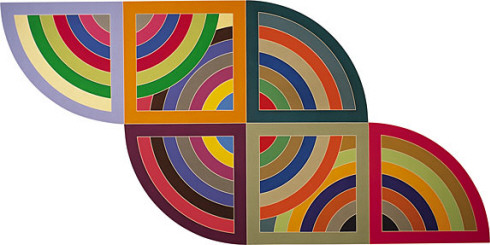
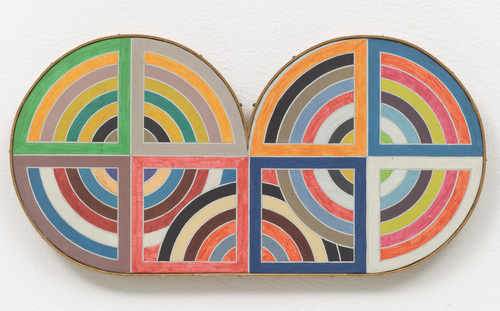
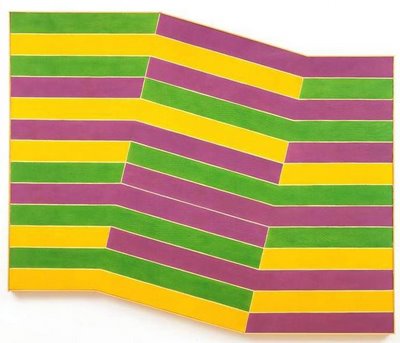
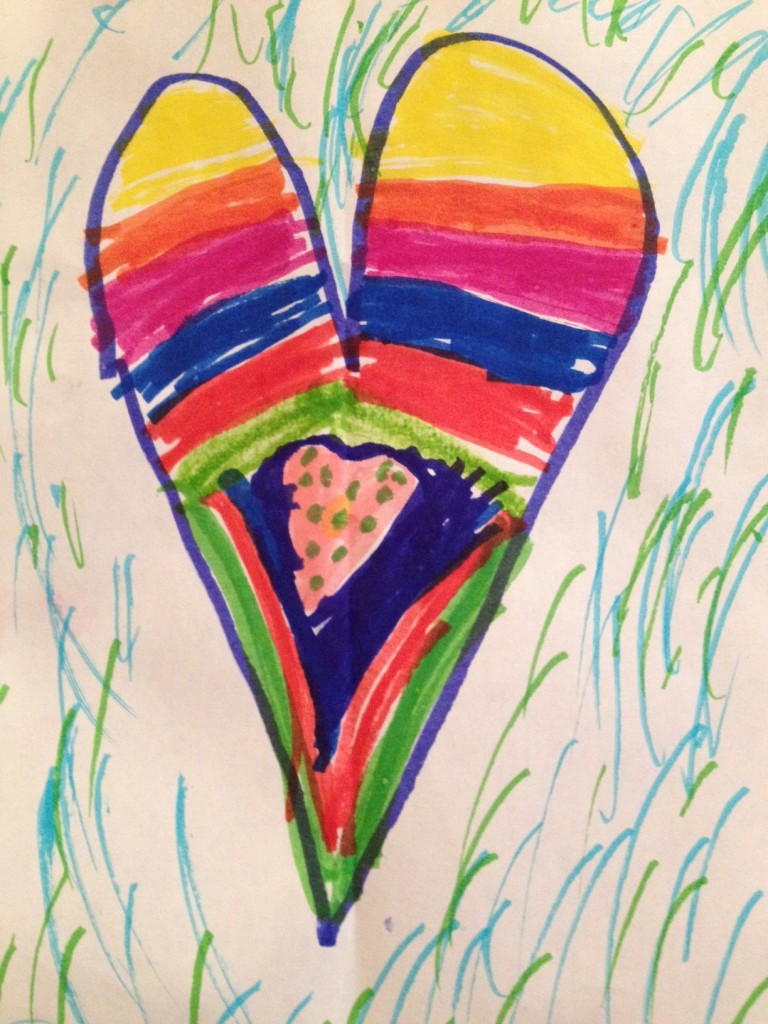
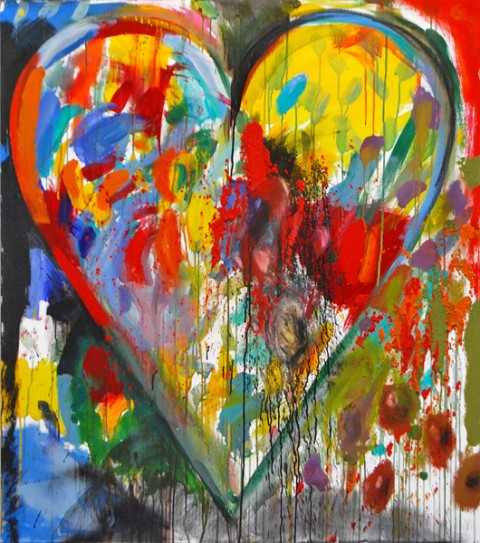
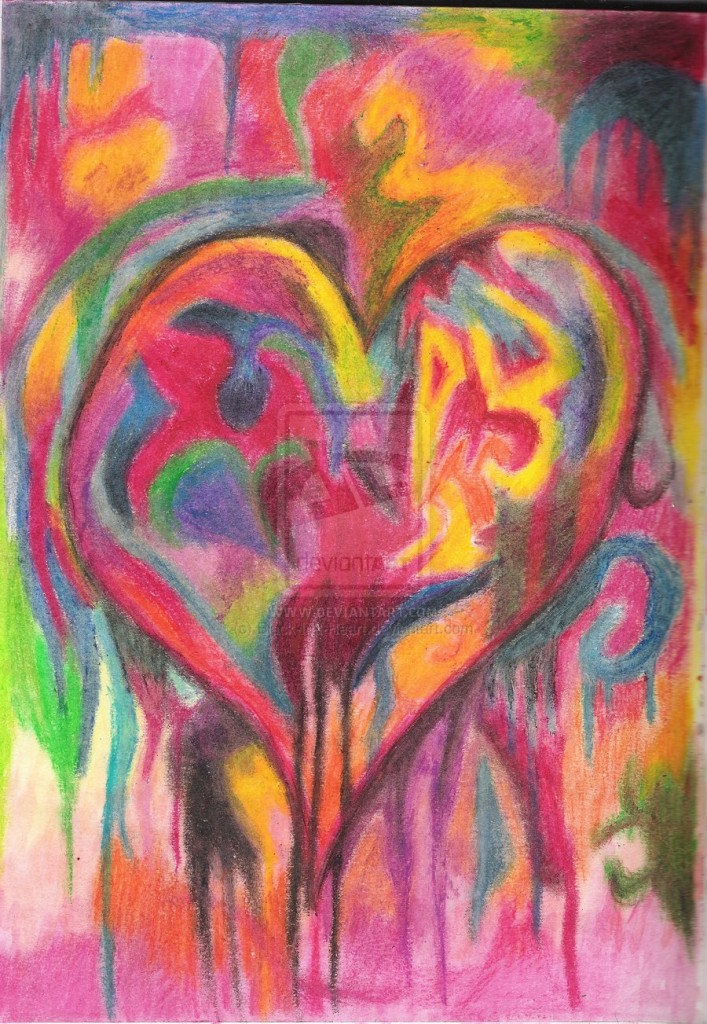
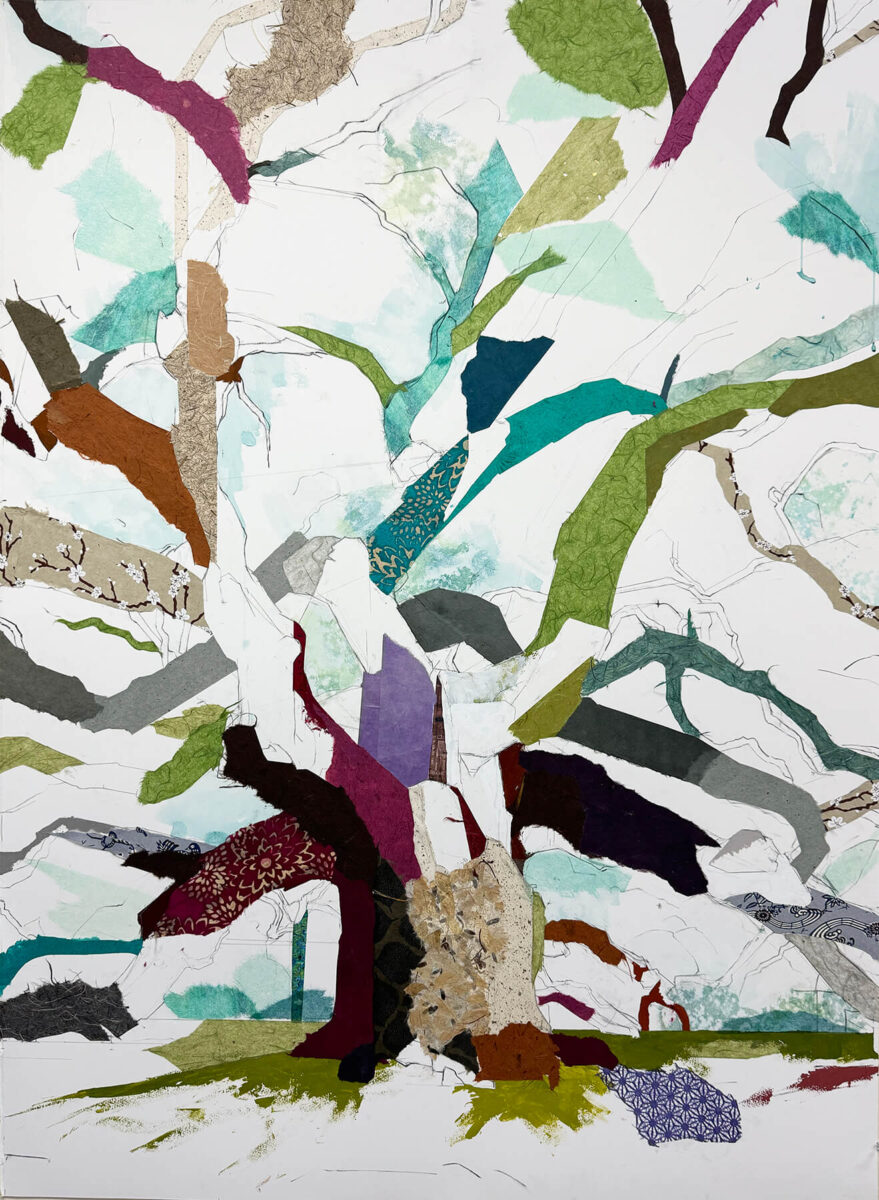
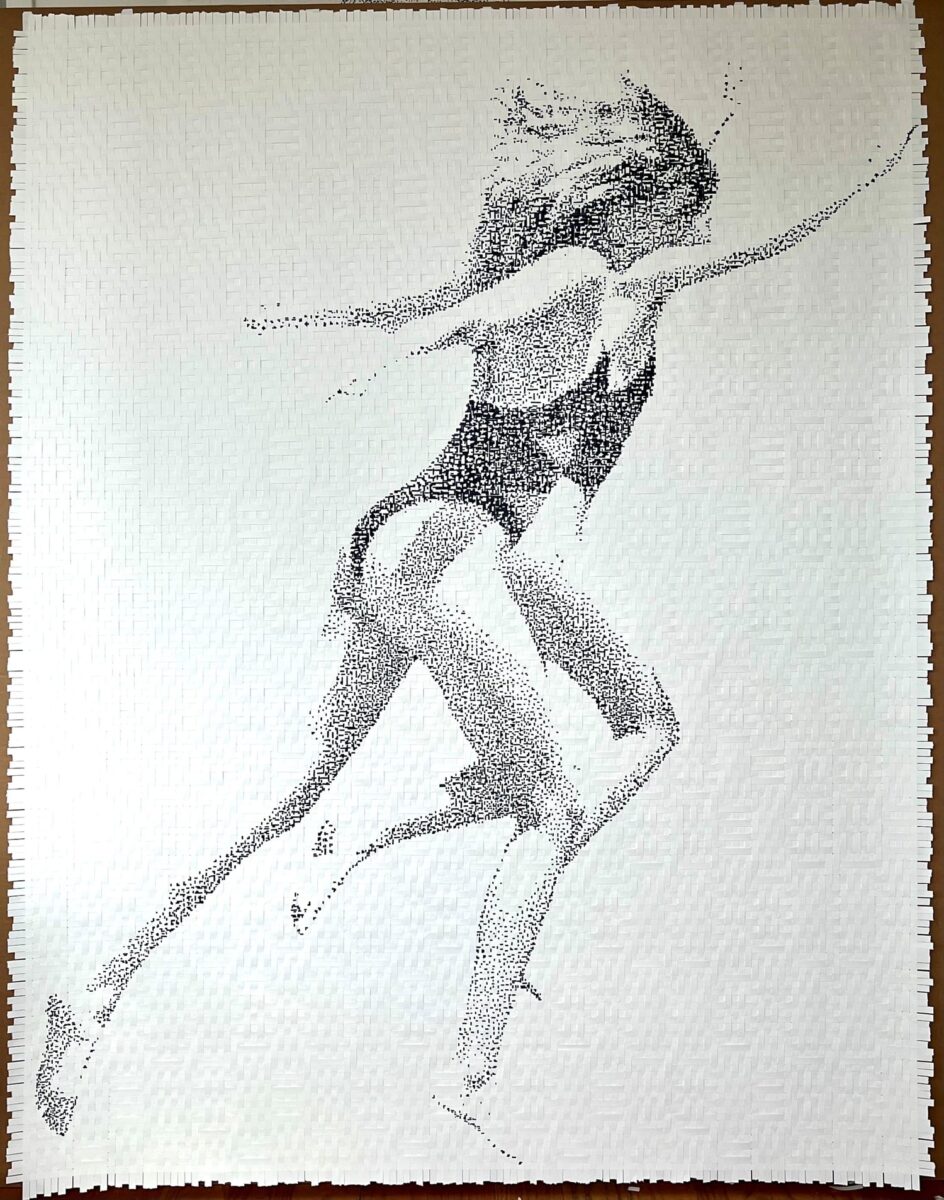
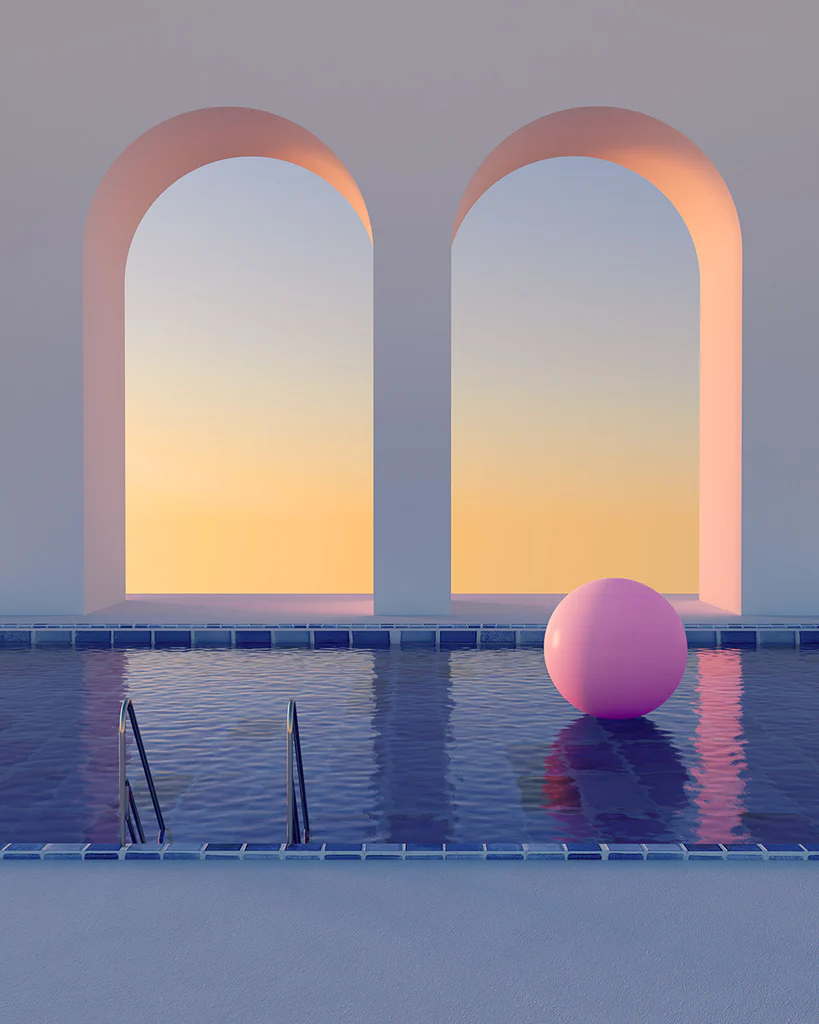
Margie
i love my collection of gigi works
https://privateblognetwork.info/link-building-service/
bookmarked!!, I love your website!